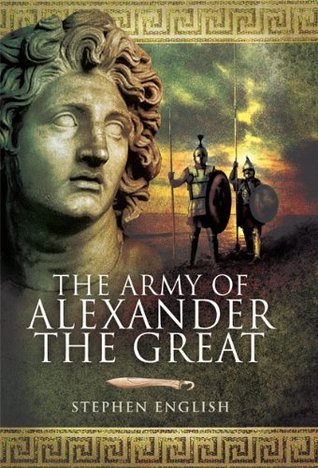What do you think?
Rate this book


Alexander the Great is one of the most famous men in history, and many believe he was the greatest military genius of all time (Julius Caesar wept at the feet of his statue in envy of his achievements). Most of his thirteen year reign as king of Macedon was spent in hard campaigning which conquered half the known world, during which he was never defeated in open battle and never besieged a city he did not take. Yet, while biographies of Alexander abound, there are relatively few full-length books dedicated to the Macedonian army which made his dazzling conquests possible and which proved itself the most formidable machine of the age.
Stephen English investigates every aspect of the Macedonian forces, analysing the recruitment, equipment, organisation, tactics, command and control of the fighting arms (including the famous pike phalanxes, elite Hypaspists and incomparable Companion cavalry),Some of Alexander's most famous battles and sieges are described in detail to show the army in action. With forensic thoroughness he draws on recent archaeological evidence and scholarship to present a detailed portrait of the army which demonstrated a superiority over its opponents equal to (but much longer-lasting than) that enjoyed by the German forces in the blitzkrieg campaigns of 1939/40. Alexnader's navy is also covered.
270 pages, Kindle Edition
First published March 19, 2009